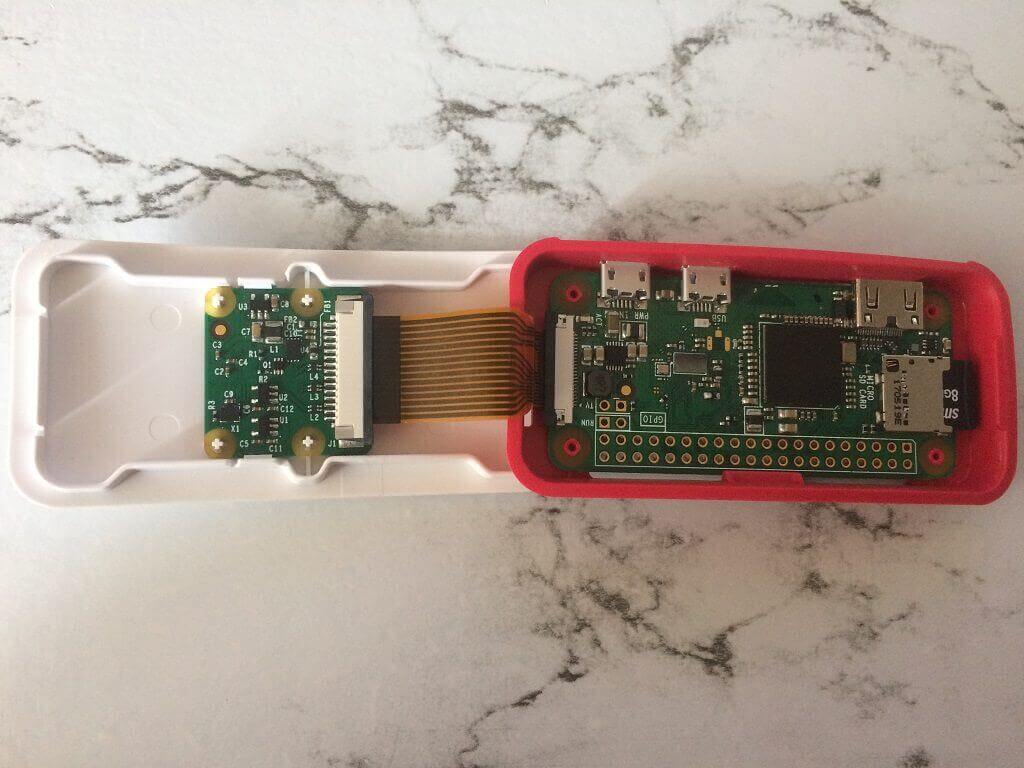

I2C - I2C pins are used to connect and communicate with external modules that are I2C compliant. UART- For serial communication, UART (Universal Asynchronous Receiver/Transmitter) pins are utilized. Power- 5V and 3.3V pins are used to give 5V and 3.3V power to external module. In the table below, the various categories are described. The remaining pins have different functions. Each pin on the 40-pin header has a specific purpose.

Here, you can see a list of all 40 pins of Raspberry Pi Zero W and their connection to Raspberry Pi zero. On the Raspberry Pi Zero W, pins 1 and 17 supply 3.3 volts pins 2 and 4 supply 5 volts, while pin 9, 25, 39, 6, 14, 20, 30, and 34 are all attached to ground. The GPIO header on your Raspberry Pi has a total of 40 GPIO pins. GPIO pins are general-purpose pins that can be used to switch external devices on and off, such as LEDs.

Software configurations will be necessary for GPIO pins to work. In essence, GPIO allows our Raspberry Pi to communicate with a wide range of external components, making it useful for projects ranging from a weather station to a self-driving robot. It enables these devices to control external components such as rotors and IR transmitters (output) as well as receive data from sensor modules and switches (input) (input). GPIO (General Purpose Input Output) is a standard interface for digital input and output found on microcontrollers and SBCs. So lets discuss the basics of the GPIO (general purpose input output) pins and learn how to get started with physical computing and GPIO using Python programming. In our previous tutorial Getting Started with the RASPBERRY PI ZERO, we had an overview Raspberry Pi zero W and setup the Pi Zero. In this tutorial we are going to design a simple LED circuit and control it with the Raspberry Pi Zero W by connecting the circuit to its GPIO pins.


 0 kommentar(er)
0 kommentar(er)
